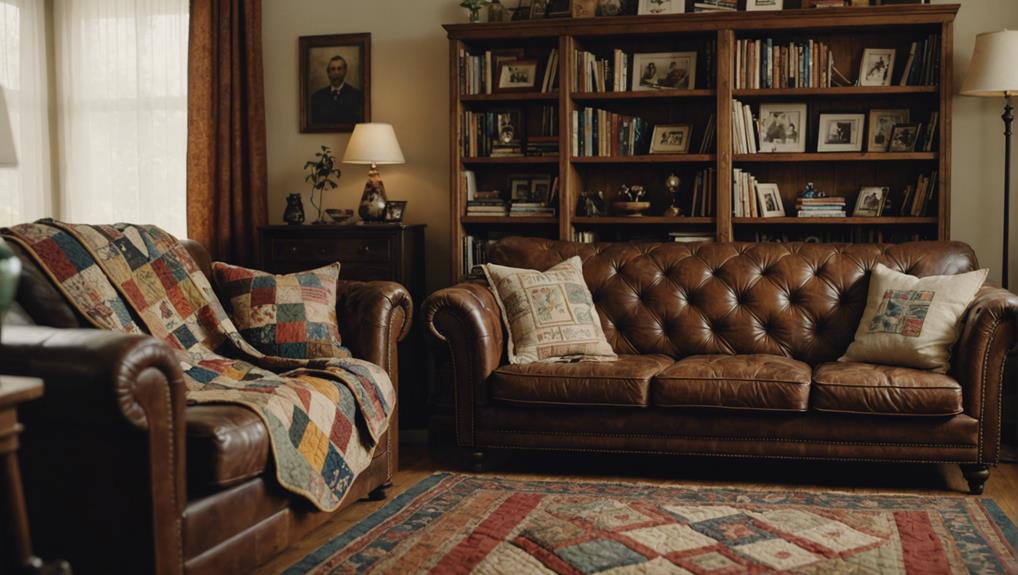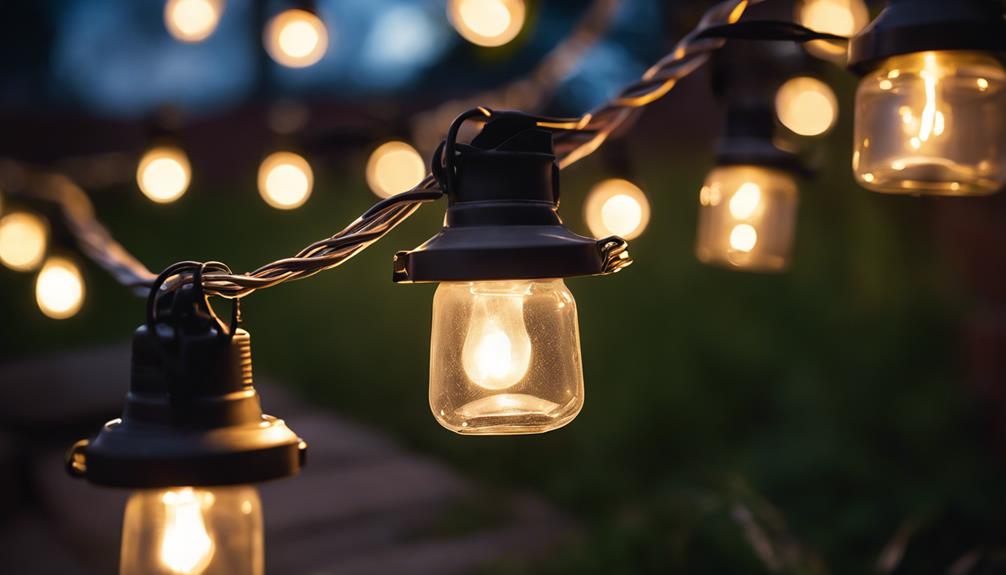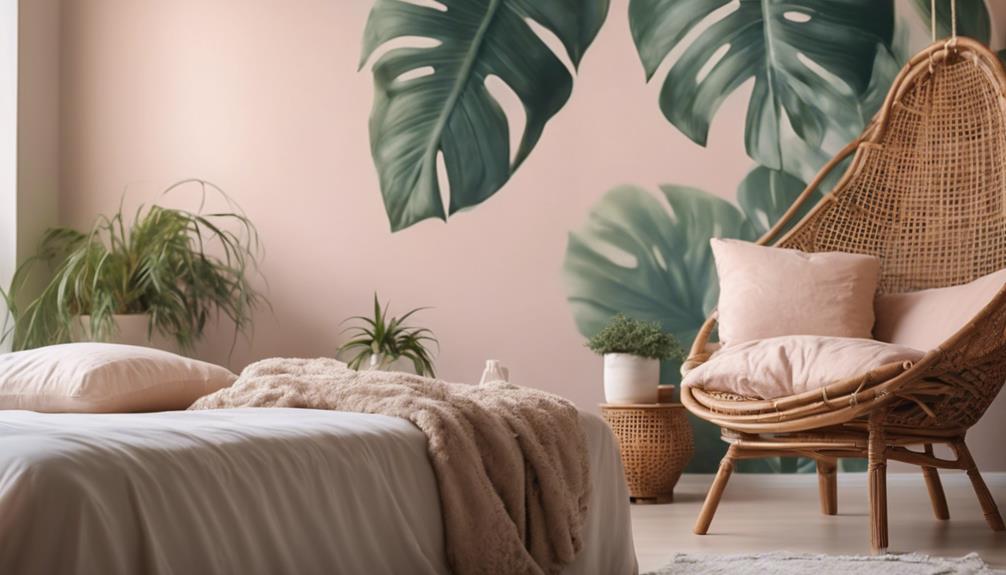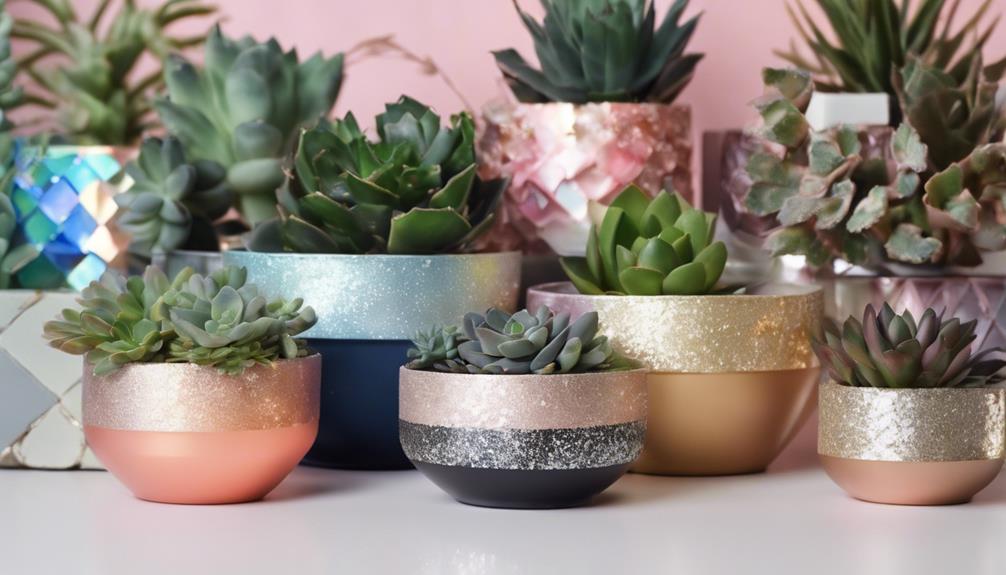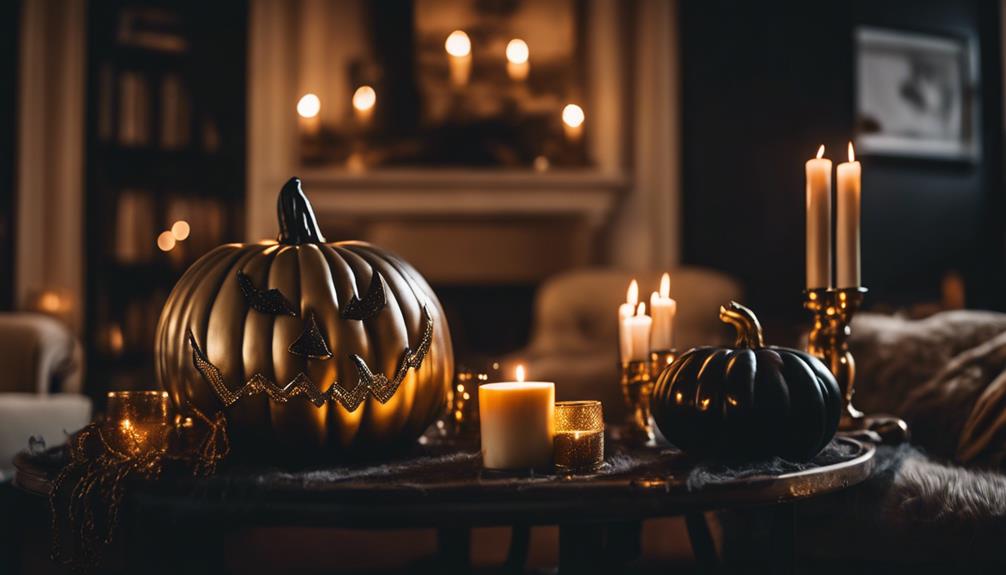Real family home decor blends practicality with comfort, focusing on durable, child-friendly elements creating a welcoming atmosphere. Designated play areas cater to children’s needs effectively, ensuring safety and creativity. Revamp on a budget with DIY projects or affordable thrift finds, combining styles for a unique look. Safety features like rounded corners and child-sized furniture are key, along with educational elements for learning. Create a cozy space with personal touches and soft furnishings, embracing imperfections for character. Encourage family togetherness with inviting spaces and thoughtful design. Discover more about real family home decor for a warm, inviting environment.
Key Takeaways
- Integrates practicality and comfort for durability and child-friendly elements.
- Affordable decor ideas through DIY projects, upcycling, and thrift store finds.
- Features child-friendly elements like safety measures, play areas, and educational components.
- Creates a cozy atmosphere with personal touches, mix of styles, and soft furnishings.
- Fosters family time with inviting spaces, comfortable seating, and thoughtful design for togetherness.
Practicality and Comfort in Design

In real family home decor, essentiality and comfort are seamlessly integrated to create functional and cozy living spaces for the whole family. When you start designing your home with real family decor in mind, you prioritize durability and child-friendly elements. This means choosing furniture that can withstand the wear and tear of daily family life while still being stylish and inviting.
Comfort plays a crucial role in creating a welcoming atmosphere for everyone in the family. Soft, plush seating options and warm textures can help achieve this cozy ambiance.
Additionally, starting with practicality in mind means incorporating designated play areas within your home. These spaces not only encourage children's activities but also foster family bonding time. By ensuring your design accommodates diverse family needs and activities, you can create a space that's both functional and enjoyable for all.
Real family home decor is all about striking a balance between practicality and comfort to provide a space where every family member can feel at ease.
Affordable and Stylish Decor Ideas
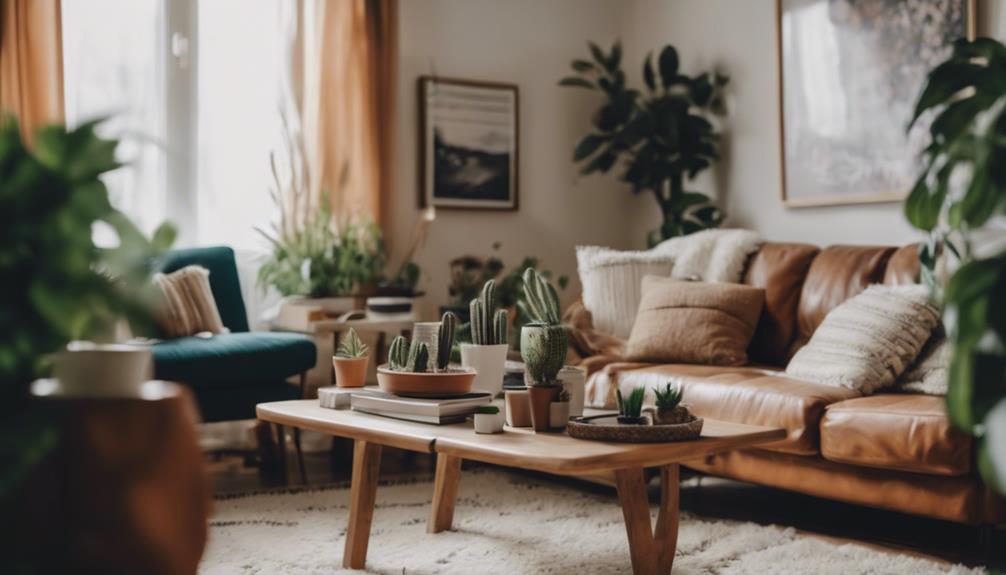
When looking to revamp your real family home decor on a budget, consider exploring affordable and stylish decor ideas that can elevate your space without breaking the bank. Here are some tips to help you achieve a fresh look without overspending:
- DIY Projects: Get creative and personalize your decor with DIY projects using inexpensive materials. This allows you to add a unique touch to your space while keeping costs low.
- Upcycled Items: Give new life to old items by upcycling them into stylish decor pieces. This not only saves money but also adds character and charm to your home.
- Thrift Store Finds: Explore thrift stores for hidden gems that can be refurbished or used as-is to enhance your decor affordably. You might discover one-of-a-kind pieces that fit your real family style perfectly.
- Online Marketplaces: Look for deals on online marketplaces and discount stores for budget-friendly decor options. Mixing these finds with a few higher-end pieces can create a sophisticated look without the high price tag.
Child-Friendly Features and Play Areas
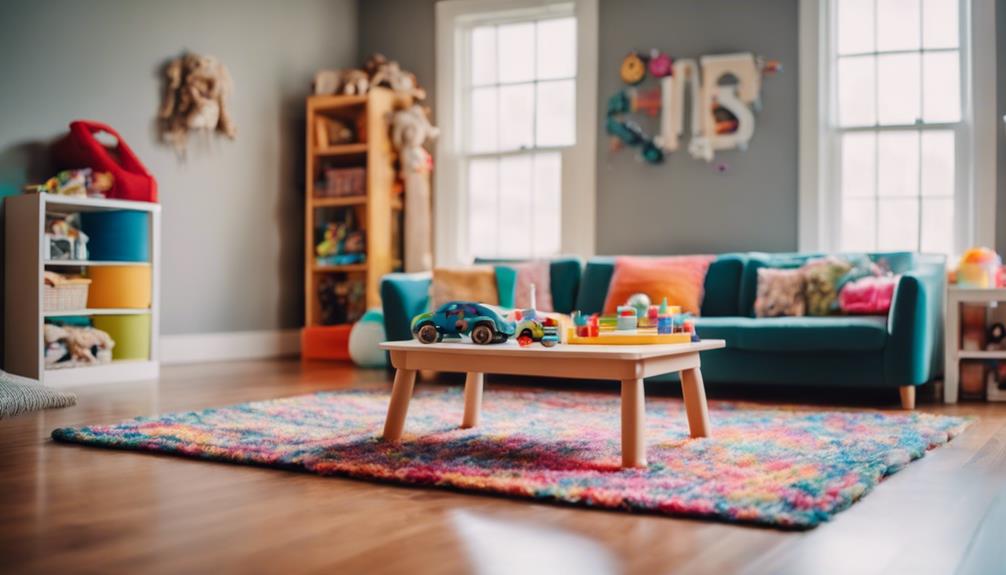
Child-friendly real family home decor incorporates safety features and interactive play areas to nurture your child's creativity and well-being. Rounded corners on furniture prevent injuries, while designated play areas encourage safe and creative play. Child-sized furniture and storage solutions promote independence and accessibility, fostering a sense of ownership for kids.
Educational elements like bookshelves and art stations stimulate learning and creativity within the home environment. Safety measures such as secure cabinet locks, outlet covers, and non-toxic materials are essential components of child-friendly features. By integrating these aspects into your home decor, you create a space where your child can thrive and explore with confidence.
These features not only prioritize your child's safety but also start the conversation around the importance of a nurturing and stimulating environment for their growth and development. Embrace these child-friendly elements to enhance your family home decor and provide a space where your child can learn, play, and flourish.
Creating a Cozy and Welcoming Atmosphere
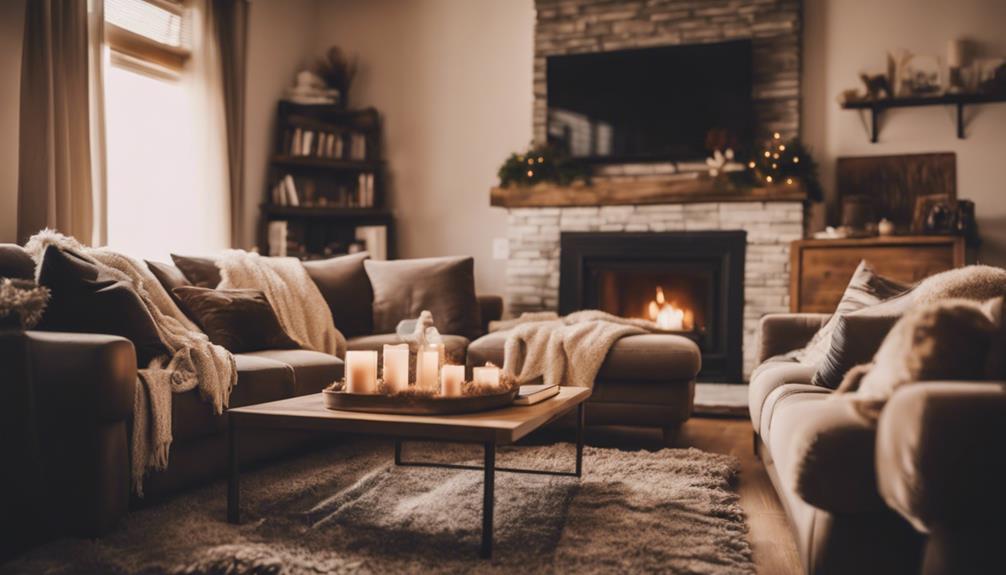
Create a warm and inviting ambiance in your real family home decor by infusing it with personal touches and embracing imperfections. Here are four tips to help you achieve a cozy and welcoming atmosphere:
- Personalize Your Space: Incorporate family photos, heirlooms, and meaningful decor items to make your home reflect the lives of those living in it.
- Mix Styles and Eras: Embrace a blend of different styles and eras in your decor to showcase your individuality and creativity.
- Embrace Imperfections: Don't be afraid of imperfections like scuffs on furniture or scratches on floors; they add character and a lived-in feel to your home.
- Comfort is Key: Focus on creating a comfortable environment by choosing soft furnishings, warm lighting, and cozy textures that invite relaxation.
In real family home decor, the presence of dog hair or other everyday elements can also contribute to the genuine and lived-in feel of the space. Embrace these imperfections as part of the charm that makes your home uniquely yours.
Fostering Family Time and Togetherness
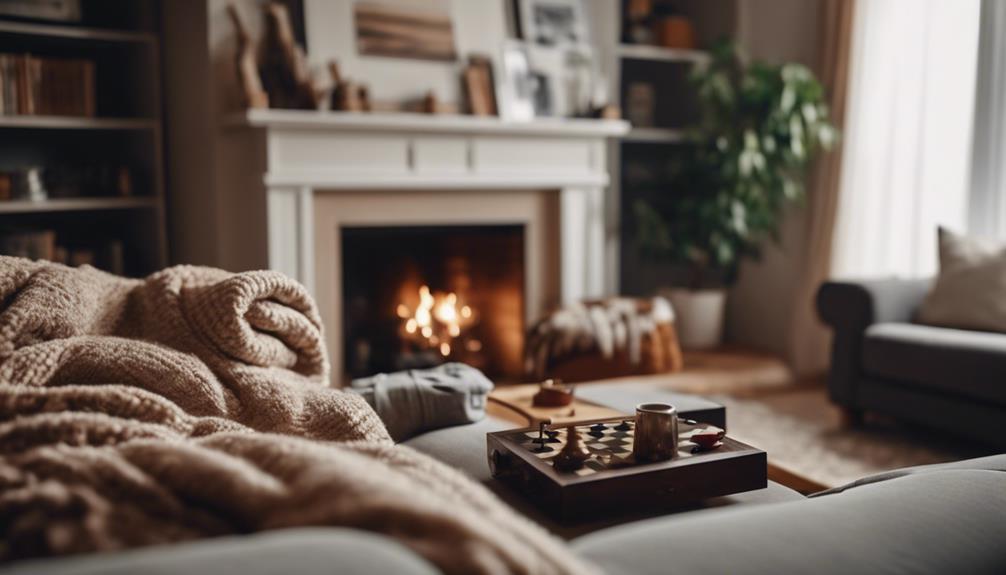
To cultivate stronger bonds and meaningful connections within your family, prioritize creating inviting spaces that encourage shared activities and quality time together. Family-centric home decor plays an important role in fostering family time and togetherness.
By incorporating elements like comfortable seating areas, game zones, and cozy nooks, you can promote family gatherings and interaction. Practicality and functionality are key aspects of family-centric decor, ensuring that everyone's needs are met within the home environment. Design choices such as durable furniture and child-friendly features reflect a commitment to creating a space where families can thrive and enjoy each other's company.
The ultimate goal of real family home decor is to nurture a sense of belonging, warmth, and connection among family members through thoughtful design elements that encourage togetherness. By focusing on creating spaces that facilitate shared experiences and quality time, you can strengthen the bonds within your family and create lasting memories together.
Frequently Asked Questions
What Home Decor Style Is Trending Right Now?
Farmhouse chic style is currently trending in home decor. It features rustic elements, vintage furniture, and natural textures. Neutral color palettes with pops of color or patterns are common.
DIY projects and upcycled pieces add a personalized touch. Mixing old and new items creates a cozy and inviting atmosphere. This trend is all about blending old-fashioned charm with modern comfort for a warm and welcoming home environment.
What Is the Most Popular Home Decor?
If you're wondering about the most popular home decor, it's a mix of modern, farmhouse, Scandinavian, industrial, and bohemian styles right now. Neutral colors like white, gray, and beige are all the rage, along with trends like minimalism and sustainability.
People are loving houseplants, unique lighting fixtures, cozy textiles, and artsy wall decor. Check out platforms like Pinterest and Instagram for inspiration on what's trending in home decor!
Why Do People Love Home Decor?
You love home decor because it lets you showcase your style and creativity, creating a cozy and welcoming space for you and your loved ones.
Home decor influences mood, bringing tranquility, inspiration, and happiness to your environment.
Drawing inspiration from magazines, social media, and design shows, you can stay updated on trends that reflect changing tastes and lifestyles.
Ultimately, home decor allows you to personalize your space and make it truly yours.
What Is the Difference Between an Interior Designer and a Decorator?
When it comes to the difference between an interior designer and a decorator, the key distinction lies in their scope of work.
An interior designer is trained to handle complex projects involving space planning, building codes, and renovations, focusing on both functionality and aesthetics.
On the other hand, decorators excel in enhancing existing spaces with surface decoration like colors, fabrics, and furniture.
While designers tackle the big picture, decorators fine-tune the details to elevate a space's appearance.
Conclusion
In a recent survey, 85% of families reported that having a cozy and welcoming home environment is essential for fostering strong family bonds.
By incorporating practical, affordable, and stylish decor ideas, along with child-friendly features and play areas, you can create a space that promotes togetherness and quality family time.
Remember, the key to real family home decor isn't just about looks, but about creating a space where everyone feels comfortable, happy, and connected.
